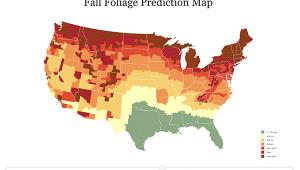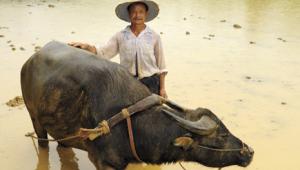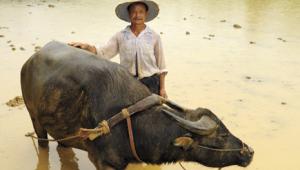Anza-Borrego Desert State Park; Photo Ops In A World Biosphere Reserve
Anza-Borrego Desert State Park, located in the Colorado Desert (two hours east of San Diego and three hours south of Los Angeles), is California’s largest state park. It’s also a World Biosphere Reserve meant to demonstrate a balanced relationship between man and nature.
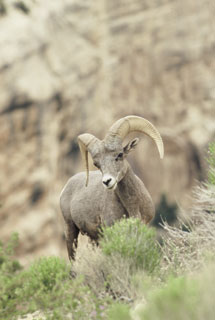 |
|
|
The park encompasses 600,000 acres containing 500 miles of dirt roads, 12 wilderness areas, and miles of hiking trails leading to desert palm oases, washes, badlands, Native American sites, and several rugged mountain ranges. With such vast biodiversity the photographic opportunities abound in the desert. Anza-Borrego is named after Spanish explorer Juan Bautista de Anza, who found an overland route through the desert in 1776 on his way to San Francisco, and the Spanish name “borrego” for bighorn sheep.
Anza-Borrego is one of the best places to photograph desert bighorn sheep, particularly up Borrego Palm Canyon. This moderate three-mile round-trip hike to the fan palm oasis is a reliable water source for these nimble, gregarious desert dwellers.
They blend in well within their rocky habitat, but on occasion close encounters do occur. Keeping a 300mm IS lens at the ready will ensure capturing images of bighorn sheep in their dwindling desert habitat.
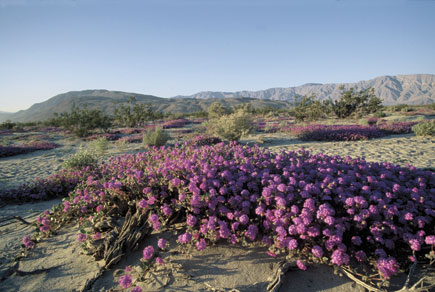 |
|
|
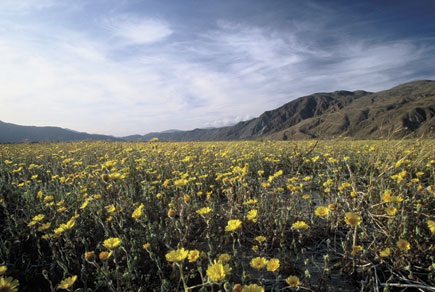 |
|
|
Just southwest of Borrego Palm Canyon is Hellhole Canyon, another fan palm oasis awaiting hikers/photographers, though not as frequented as Borrego Palm Canyon. Both canyons continue up the San Ysidro Mountains where more fan palms and other desert flora are found.
Depending on rainfall totals over the winter, wildflowers can be found beginning in late February. Mid to late March is typically the best time. Borrego Palm Canyon and Hellhole Canyon are good places to photograph brittlebush, chuparosa, monkey flower, apricot mallow, and ocotillo. Along Henderson Canyon Road and Peg Leg Road, carpets of purple sand verbena and thick strands of desert sunflowers are commonly found with the Santa Rosa Mountains as a dramatic backdrop. Another canyon worth exploring is Coyote Canyon at the end of DiGiorgio Road, located in the northeast corner of the park. In the spring you’ll find brown-eyed evening primrose, Arizona lupine, and tall strands of ocotillo.
One of the best, most dramatic landscapes throughout Anza-Borrego is the Borrego Badlands. This is the best place to view sediments of the Pliocene and Pleistocene Epochs, sunken mesas and corrugated hills of dry mud. For a landscape photographer, the sunrises and sunsets at this geological wonder are not to be missed. Try to work into those landscapes desert lilies and willowy ocotillos along the edge of the badlands at Font’s Point. If you don’t have four-wheel drive, it’s an eight-mile round-trip hike in Font’s Point Wash just off the Salton Seaway, but well worth the effort.
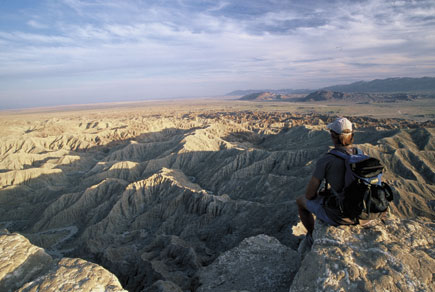 |
|
|
 |
|
|
 |
|
|
